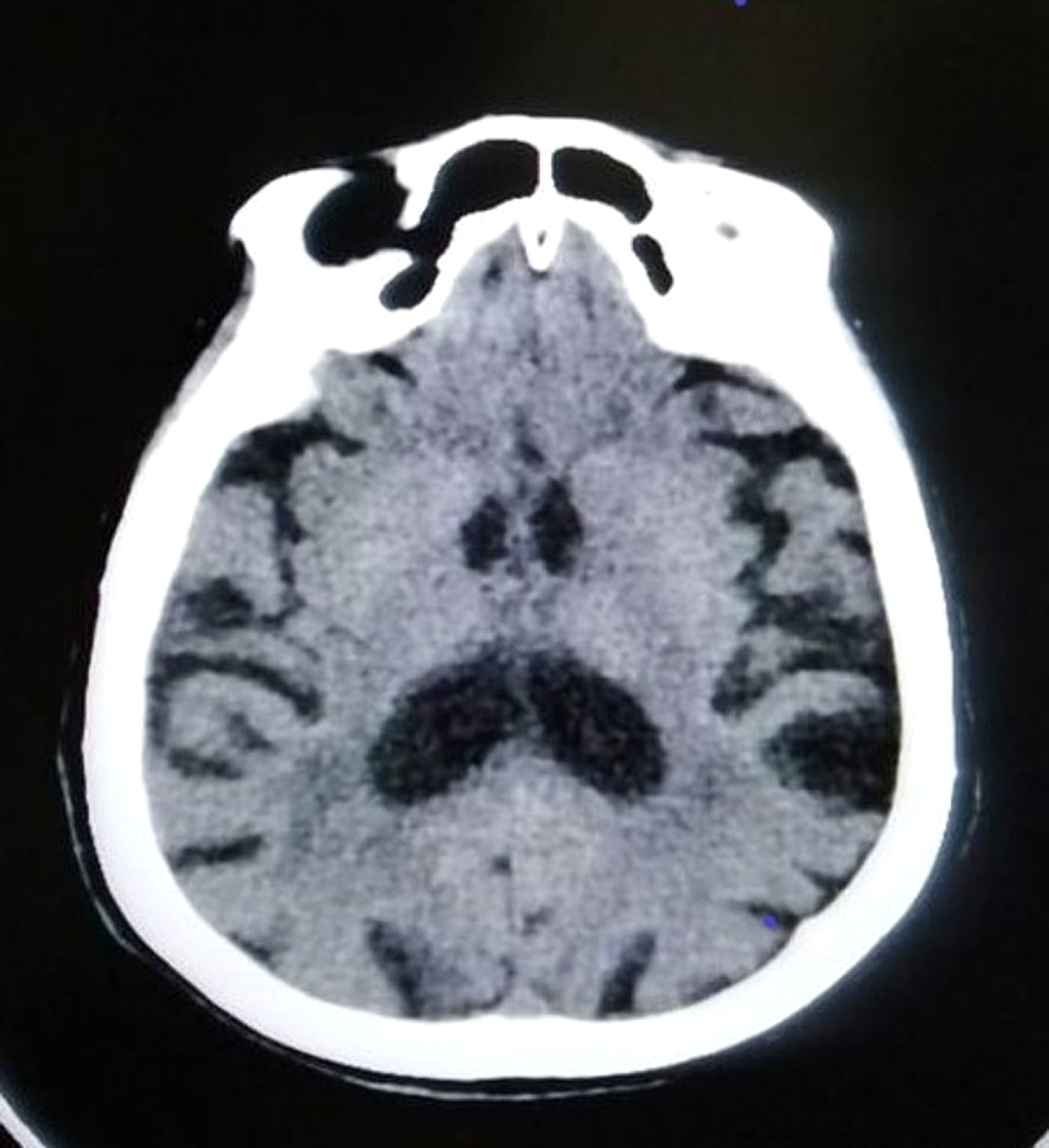Reducing potentially inappropriate medications (PIMs) in older adults is an area of sustained interest for many clinicians and researchers across the globe, as PIMs contribute to a significant burden of morbidity and mortality in the aging population. The prevalence of PIMs is a pervasive problem despite the presence of several explicit and implicit criteria for reducing PIMs in older adults, the most common being the Beers criteria, the Screening Tool of Older Persons’ potentially inappropriate Prescriptions/Screening Tool to Alert doctors to the Right Treatment (STOPP/START) criteria, and several country-specific criteria. This narrative review aims to discuss the frequently used published criteria for reducing PIMs, and elucidates the role of certain measures, especially de-prescribing, to optimise medication prescription in older adults. Electronic databases were searched using keywords and MeSH terms. The numerous available criteria have their specific advantages and drawbacks. De-prescribing, an initiative to reduce the use of PIMs, has gained significant importance in improving appropriate prescribing practices. De-prescribing is a methodical approach to gradually stopping inappropriate medications judiciously for each patient and simultaneously monitoring the patient carefully for the onset of adverse events or rebound symptoms. A combined caregiver–patient-centred approach encourages the collaboration between prescribers and pharmacists to reduce PIMs in older adults.


